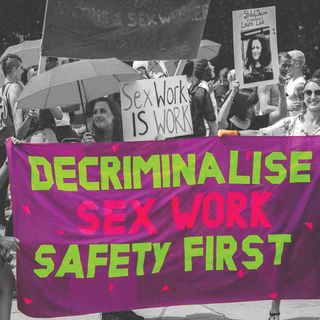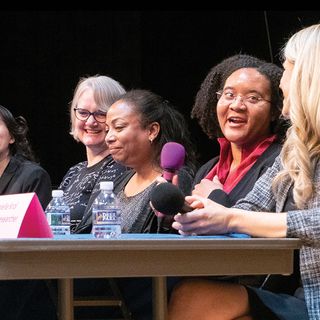First, the good news: India’s literacy rate has risen from around 18% in the 1950s to 74% in the last Census, in 2011. The bad news is within this average, women remain the disadvantaged ones, with a gap of almost 20% between male and female literacy rates, as reported by Firstpost in association with the Institute for Competitiveness.
Additionally, the average female literacy rate in India stands at around 60%, which is 22% lower than the global average — including not only developed countries but also middle- and low-income countries, such as Zimbabwe. The gender disparity in literacy rates in India is also wider than in countries such as Saudi Arabia and Sri Lanka.
“The lack of education among women prevents their participation in the workforce, thus hindering the country’s development,” write Amit Kapoor and Anirudhh Duttaa, explaining that female education “has a significant impact on the development of future generations as they usually have a more direct role to play in their child’s education than their father. The addition of a year of schooling to a mother’s education has a significantly higher impact on the next generation than an addition to a father’s schooling by the same number of years.”
Related on The Swaddle:
How The Indian Education System Reinforces Caste, Class Differences
Additionally, according to a 2017 study, lower infant mortality rates have been directly linked to higher education levels of the mothers — as can be seen from a regional breakdown of female literacy rates in India, according to the 2011 Census. Kerala has the highest female literacy rate (92%), whereas states such as Uttar Pradesh (59.3% as per 2011 census) and Bihar (53.3% as per 2011 census) have among the lowest levels of female literacy rates in the country. Kerala has the lowest infant mortality rate (10); Bihar and U.P. have a high infant mortality rate (177.5 and 141.2 respectively).
So, while the overall literacy rate of India is increasing, and therefore a higher number of women are literate, the gap between men and women persists nearly 70 years after independence — with serious ramifications for the Indian economy and labor market, the health and upbringing of the next generations, and women’s sense of self-worth.
But there is some good news. 80% of India’s female population aged 7-29 is literate; this number drops below 30% among women aged 60 and above. Here too, Kerala takes the cake with a female literacy rate of 98% within the age group 7-29. “A higher level of literacy within this age bracket reflects the effectiveness of the country’s educational institutions and the government’s education programs,” write the authors in Firstpost.
While we’re trudging along this path for literacy and equality, it’ll do us well to remember, that at the current rate of progress, universal literacy can only be achieved in India by 2060; if there’s ever been a time to step on the accelerator and empower every girl and woman to learn how to the read and write, it is now.




